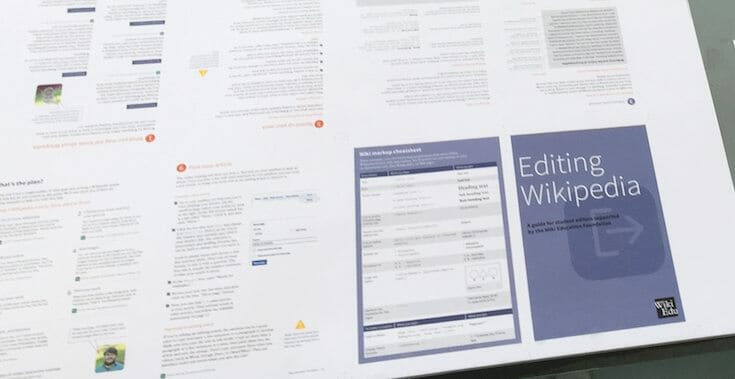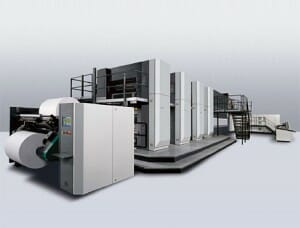Podcast: Self-Publisher’s 5-Minute Guide to Book Printing Processes
With all the talk about print on demand, digital printing and the future of the publishing industry, it’s easy to forget that we’ve got books to produce in the here and now, and we need to know the best way to produce those books today, this week. Okay, we only have 5 minutes, so let’s dive in.
Three Ways to Print Books
There are actually three distinct technologies to print books, all of which are widely used. Let’s quickly run them down and see where each comes into play.
-
- Letterpress—This was the main printing method from Gutenberg’s day until the middle of the twentieth century. In one way or another, type, pictorial engravings, or etched metal plates made from photographic originals are inked and then paper is rolled over them, transferring the image to the paper, one sheet at a time.
Letterpress technology led to large, automated presses. You can see just how versatile this printing method had become because it overshadowed all other forms of printing for over 400 years.
Letterpress is still in use today for very fine limited edition books, and in areas of the world where electricity is unreliable. A letterpress that’s powered by a foot pedal can run for many years with just a lube, and doesn’t need power at all..
-
- Offset—Offset printing’s development at the beginning of the twentieth century was sparked by the accidental discovery that an image transferred to paper by a rubber covered cylinder was actually sharper than the image from the original type. This offset image gave rise to the name offset printing.
With the advent of industrial uses of photography and advances in paper and platemaking materials, photo-lithography, the making of printing plates through the photographic process, allowed offset printing to overtake letterpress.
In sheet-fed offset, paper is fed to the press and printed one sheet at a time. In web offset, special presses are used to print from a large roll of paper which, as it travels through the press, forms the web for which it is named.
At the end of the press the paper is cut into individual sheets. Bindery equipment to fold, trim and assemble the printing job is often set up right at the end of the press, allowing the printer to complete a printing project in one pass from blank paper to a finished, assembled job.
-
- Digital—Digital printing, the result of marrying a computer-driven high-speed copying machine to computer-driven bindery equipment, is the fastest-growing form of book printing today. Computer servers hold separate but coordinated digital files for the book’s cover and interior text block.
At a request from the operator or a computer instruction, the files are downloaded to the printing end of the press and imaged with toner in the same way your high end copier images copies. The resulting pages are combined with a color-imaged cover. The whole book is glued together and trimmed. Some digital printing equipment can produce an entire book, color cover and all, in just seven minutes.
The major difference between letterpress and offset printing, on one hand, and digital, on the other, is that digital printing is designed to create one copy of a book at a time. The other, earlier methods of printing produce books in stages, and only work efficiently when producing many copies at once.
Comparing the Three Printing Methods
Well, now we know about the three printing methods, but how does that help pick the right one? Here’s how each printing method is best used:
- Letterpress printing is used almost exclusively for fine, limited edition books. The characteristic “bite” of the type into the paper, and the resulting subtle texture it adds to the page is impossible with other methods. These books are usually made with lavish materials and can cost hundreds of dollars each.
- Offset printing is used for the majority of books produced today. Web offset is used to make mass market paperbacks, like the ones sold in racks at supermarkets and at airports, and for very large printings of other books. Sheet-fed offset book printing offers the best quality reproduction of artwork and photography, and is the most flexible when it comes to the number of sizes offered for books and the different kinds of paper available for printing.
- Digital printing is increasingly being used in the print-on-demand distribution model that’s becoming so popular. Larger publishers are moving their backlist books to digital printing, saving money on warehousing and shipping. The self-publishing phenomenon has created a huge demand for digital printing through print-on-demand distribution, since it has eliminated almost all of the cost of putting a book into print.
In Summary: Use letterpress printing for very fine, limited edition collector’s books. Use web offset for mass market and very high volume books that don’t need to be high quality. Use sheet-fed offset for print runs over 500 copies or where high quality reproductions are needed. Use digital printing where print runs are very short or where you have no need of an inventory of books.




